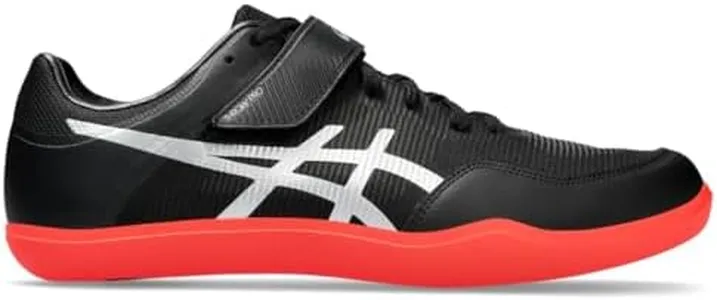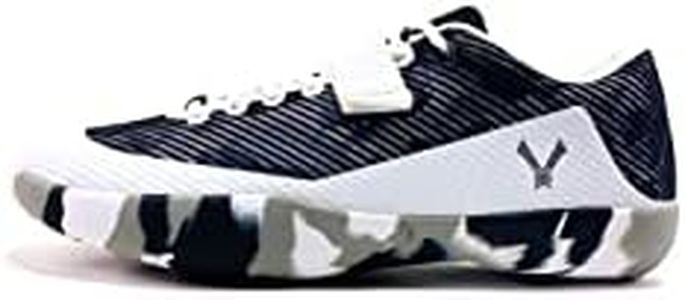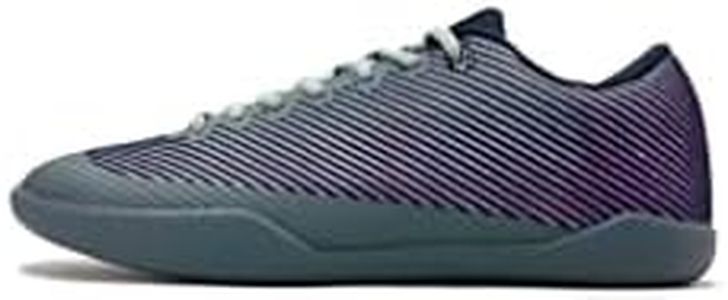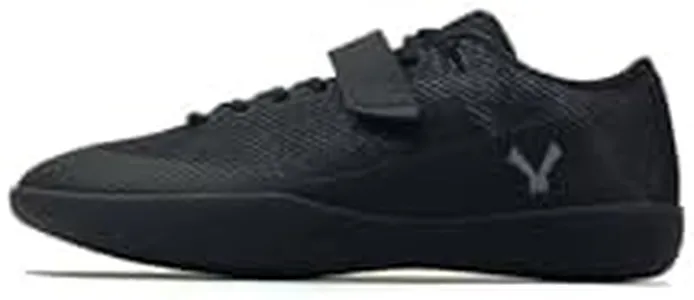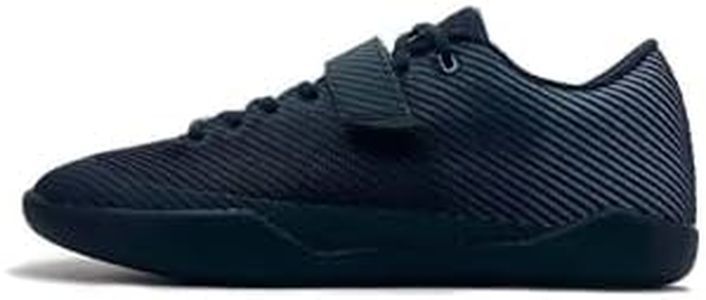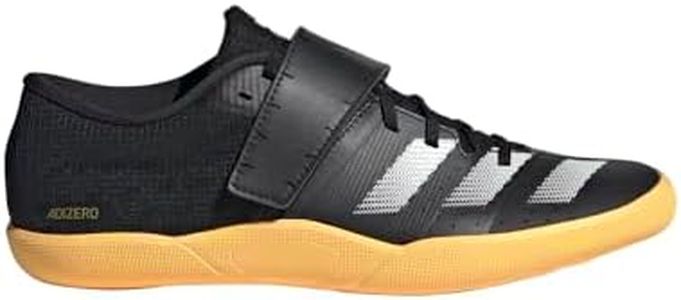We Use CookiesWe use cookies to enhance the security, performance,
functionality and for analytical and promotional activities. By continuing to browse this site you
are agreeing to our privacy policy
6 Best Throwing Shoes
From leading brands and best sellers available on the web.Buying Guide for the Best Throwing Shoes
When choosing throwing shoes, it’s important to find a pair that complements both your throwing technique and the specific event you participate in, such as shot put, discus, or hammer throw. Proper footwear can enhance your stability, efficiency, and comfort during throws. Instead of focusing on appearance or brand, concentrate on how well the shoe supports your movement, fits your foot, and matches your skill level. Always consider the demands of your chosen throwing discipline and your own physical preferences before making a selection.Event Specific DesignThrowing shoes are often tailored for specific events like shot put, hammer, discus, or javelin. The shoe design—such as tread pattern, sole firmness, and upper support—differs based on the spinning or gliding action required for each event. It’s important to choose a shoe that matches your main throwing event because the wrong type can hinder your performance or safety. Evaluate what event you will use the shoe for most and select a pair designed specifically for that event; if you compete in multiple events, consider a versatile all-around throw shoe.
Sole Type and TractionThe sole of a throwing shoe determines how much grip and rotation you can achieve in the ring. Some soles are smooth for easier spinning, while others have small patterns for more grip during gliding. Spinners benefit from a smoother sole to facilitate fast rotation, whereas gliders or beginners may prefer more grip for stability. Think about your technique and experience—more advanced athletes or spinners go for a slicker sole, while novices or gliders look for extra traction.
Fit and ComfortA properly fitting shoe provides stability and helps avoid blisters or pressure points during intense use. Fit refers to how the shoe hugs your foot around the heel, midfoot, and toe box. A snug fit prevents unnecessary movement inside the shoe and helps maintain control, but too tight can be uncomfortable. Try on different sizes with your throwing socks and move as if throwing to test comfort. Prioritize a secure, comfortable fit that doesn’t restrict your motion or feel loose when you rotate or push off.
WeightThe weight of the shoe affects how agile and fast your footwork can be. Heavier shoes can offer slightly more stability, while lighter models allow for quicker movement. If you have powerful, precise footwork, a lighter shoe can help you move more freely, but if you need a little extra support or you’re new to throwing, a moderate or heavy shoe can help anchor you during your motion. Your preference should reflect your strength, technique style, and comfort.
DurabilityThrowing shoes go through a lot of stress from repetitive, forceful movements and abrasive surfaces. Durable materials in both the sole and upper part of the shoe help them last longer and maintain their support. Look for strong stitching, resilient rubber soles, and reinforced toe or heel areas. If you practice and compete often, durability becomes even more crucial—choose materials known for longevity if you want to avoid frequent replacements.
